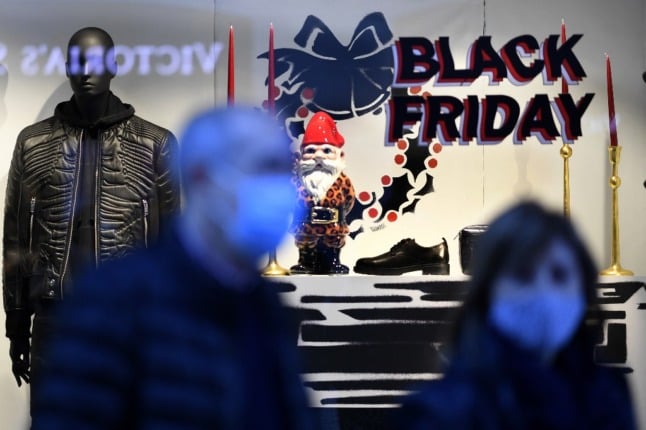Consumer prices fell by 0.7 percent from December to January. However, the inflation rate rose from 2.3 percent in December to 2.5 percent in January, according to Statistics Sweden.
The inflation rate represents the average change in consumer prices in the last 12 months.
The underlying inflation rate, according to the CPI with a fixed interest rate (CPIF) and CPI excluding mortgage costs (CPIX), was 1.4 precent and 1.1 percent respectively in January and lower than expected.
“It’s a big surprise, it’s a whole 6 percentage points below the Riksbank’s CPIF forecast,” said Olle Holmgren, an analyst with the SEB bank, to the TT news agency.
Analysts had on average expected an annual rate of 2 percent, according to a Reuters poll. The actual rate of inflation was in line with expectations.
Higher housing costs of 1.9 percentage points contributed to the rise in the inflation rate. Higher interest expenses were also a factor, up 1.3 percentage points, as well as electricity prices, up 0.3 percentage points and higher rents, up 0.2 percentage points.
In terms of transportation, higher fuel prices contributed to pushing the inflation rate up 0.3 percentage points, while lower prices for international air travel led to a 0.1 percentage point drop in January.
Underlying inflation and especially the CPIF measure were significantly lower than expected.
“That’s what’s most important for setting monetary policy,” said Holmgren.
“It can be explained by the fact that there have been more discount sales than expected, food prices rose less than expected, while travel fell more than expected.”
He said that although there is a large discrepancy from analyst forecasts for a single month, January is a difficult month to assess.
“It is likely that one may have to downwardly revise a part of the CPIF forecast. Our forecast was good. Even before today’s figure, the CPIF was slightly below the Riksbank’s forecast in the short term and we will probably have to downwardly revise our forecast as well,” said Holmgren.
The Riksbank’s view is that a broader increase in inflation will come a bit later in the future. It is also chiefly in rapidly rising growth and resource utilisation, which risks leading to inflation in the long term, that drives the Riksbank’s interest rate hikes.
“On the margin, the price pressure even at this stage affects the mood a little. Such low figures can affect the outlook for interest rate hikes this year,” said Holmgren.
He believes that it is still most likely that the Riksbank will maintain its interest rate path and steadily raise rates throughout the year.
However, Thursday’s inflation announcement has resulted in a “downside risk” in the interest rate path, slightly reducing the likelihood of further interest rate increases.


 Please whitelist us to continue reading.
Please whitelist us to continue reading.
Member comments